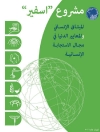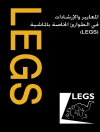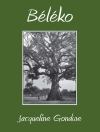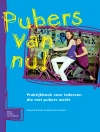This book provides a unique and innovative perspective on the controversial phenomenon of ‘stem cell tourism’. A growing number of patients are embarking on stem cell treatments that are clinically unproven and yet available in clinics and hospitals around the world. The authors offer a cutting-edge multi-dimensional perspective on this complex and rapidly changing phenomenon, including an analysis of the experiences of those who have undertaken or have contemplated undertaking a stem cell treatment, as well as examination of the views of those who undertake research or advise on or provide stem cell treatments. Developing the concept of ‘the political economy of hope’, and referencing case studies of the stem cell treatment market in China, Germany, and Australia, this book argues for a reframing of ‘stem cell tourism’ to understand why patients and families pursue these treatments and whether authorities’ concerns are justified and whether their responses are appropriate and proportionate to the alleged risks.
Inhoudsopgave
1. Stem Cell Tourism in Context
2. ‘Choice’, Hope and Stem Cell Treatments
3. Managing Hope
4. Hopeful Journeys of Stem Cell Tourists
5. Exploiting Stem Cell Hopes in Germany
6. Selling Hope in China
7. Hope ‘at Home’
8. Reframing ‘Stem Cell Tourism’
Over de auteur
Alan Petersen is Professor of Sociology, School of Social Sciences, Monash University, Australia.
Megan Munsie is a stem cell scientist in the Australian Research Council-funded Stem Cells Australia initiative at The University of Melbourne.
Claire Tanner is Lecturer of Sociology, School of Social Sciences, Monash University, Australia.
Casimir Mac Gregor is Research Fellow in Sociology, School of Social Sciences, Monash University, Australia.
Jane Brophy is a Ph D candidate in Sociology, School of Social Sciences, Monash University, Australia.












